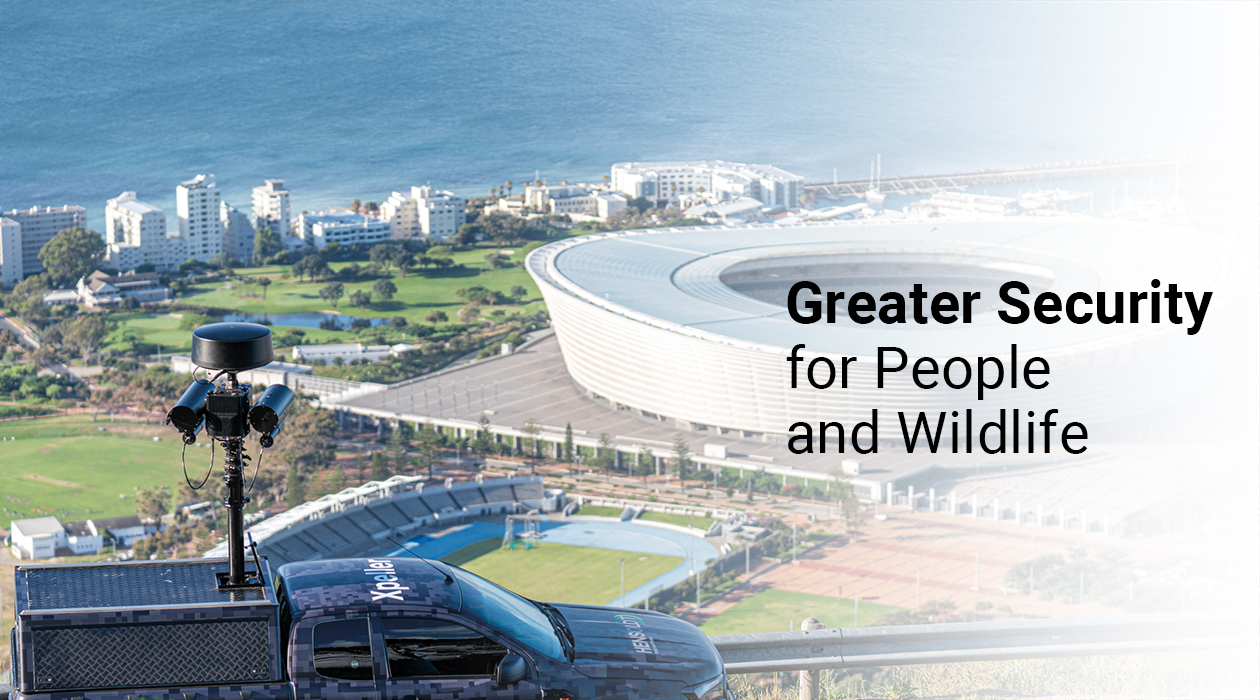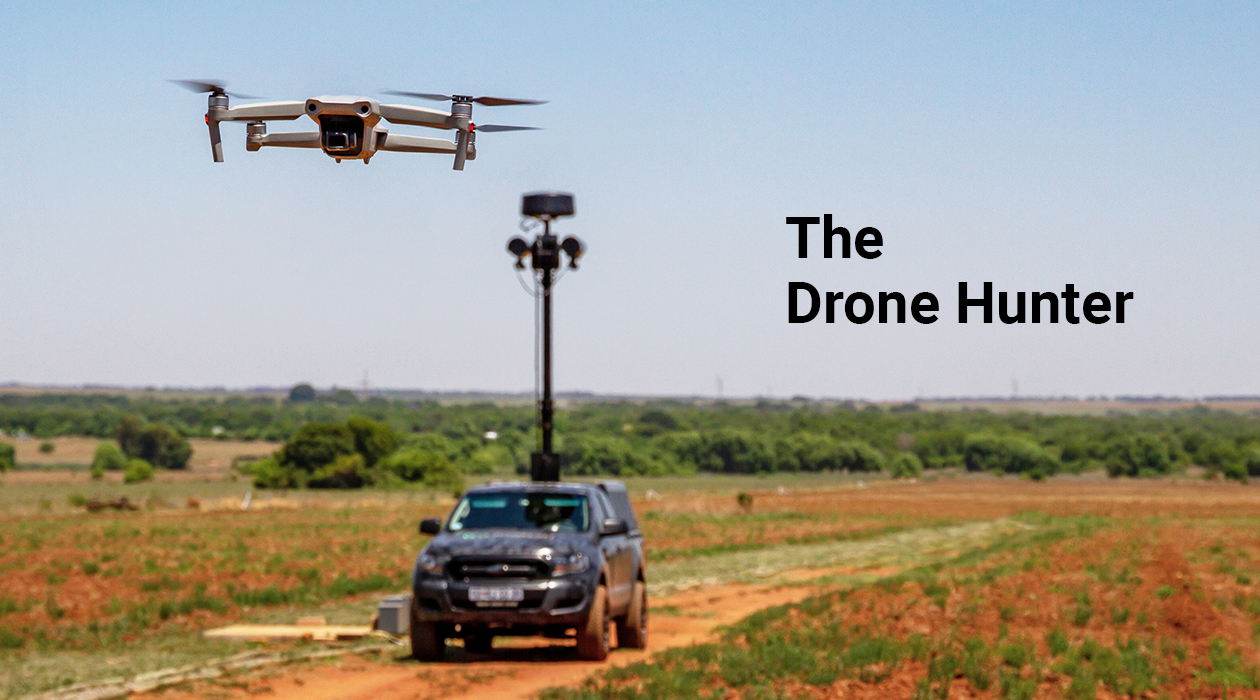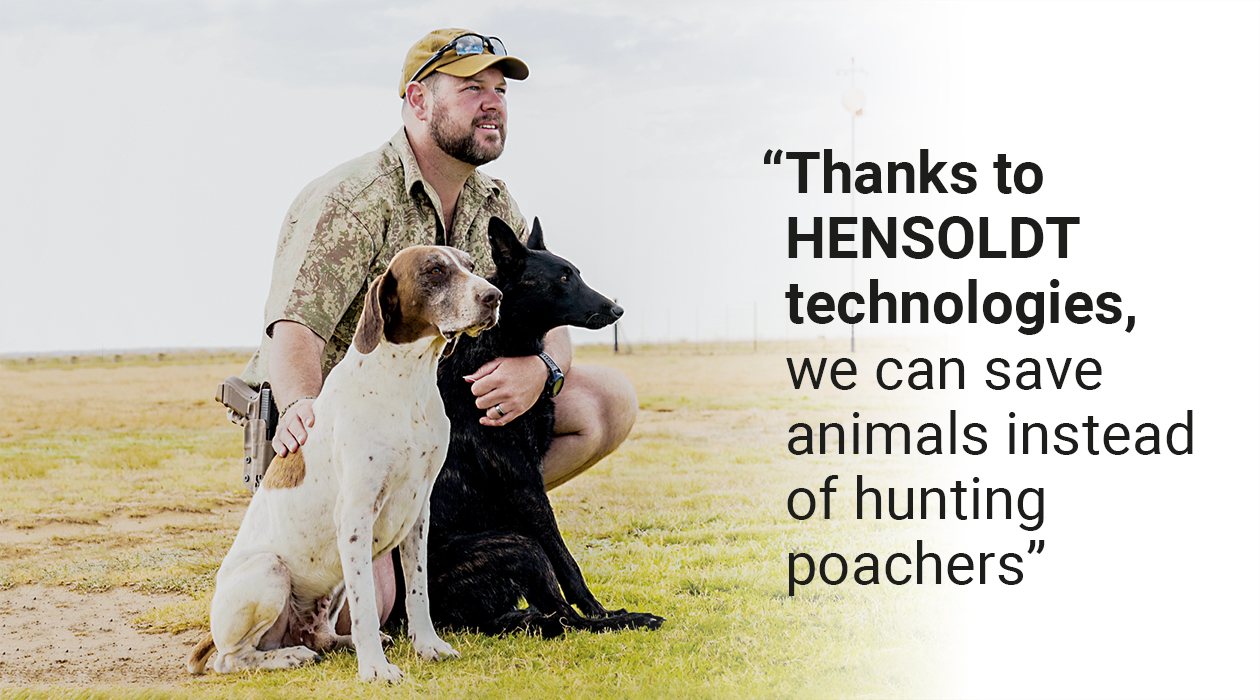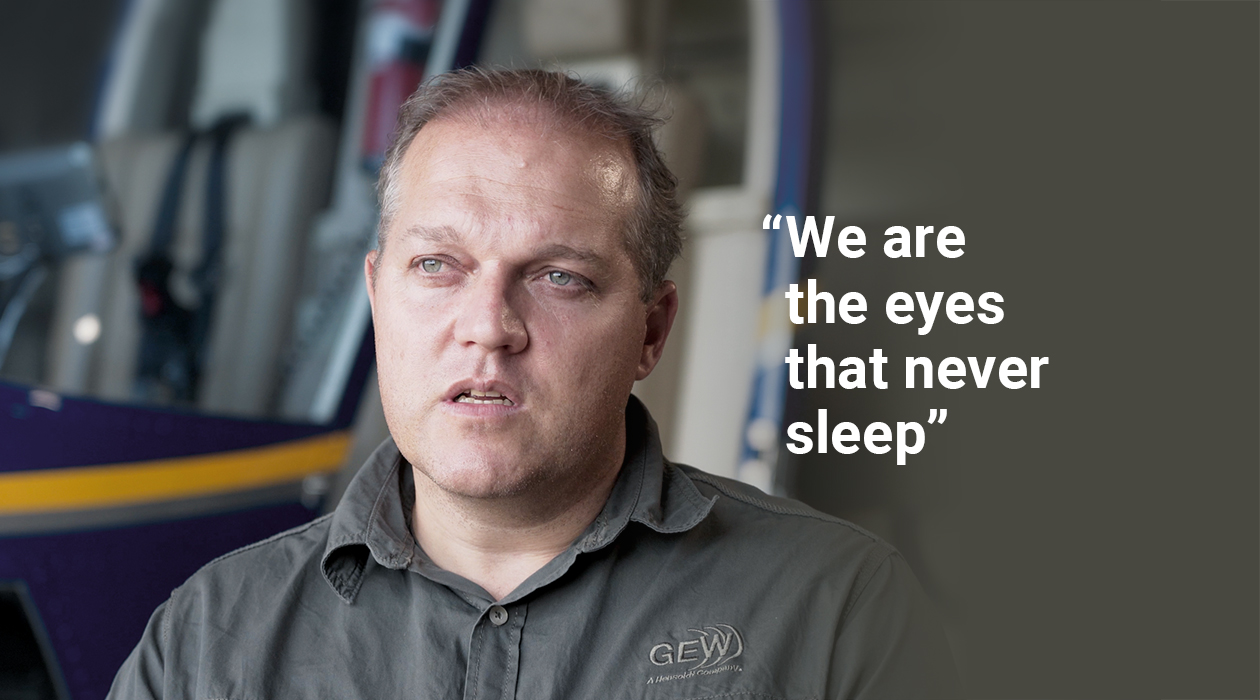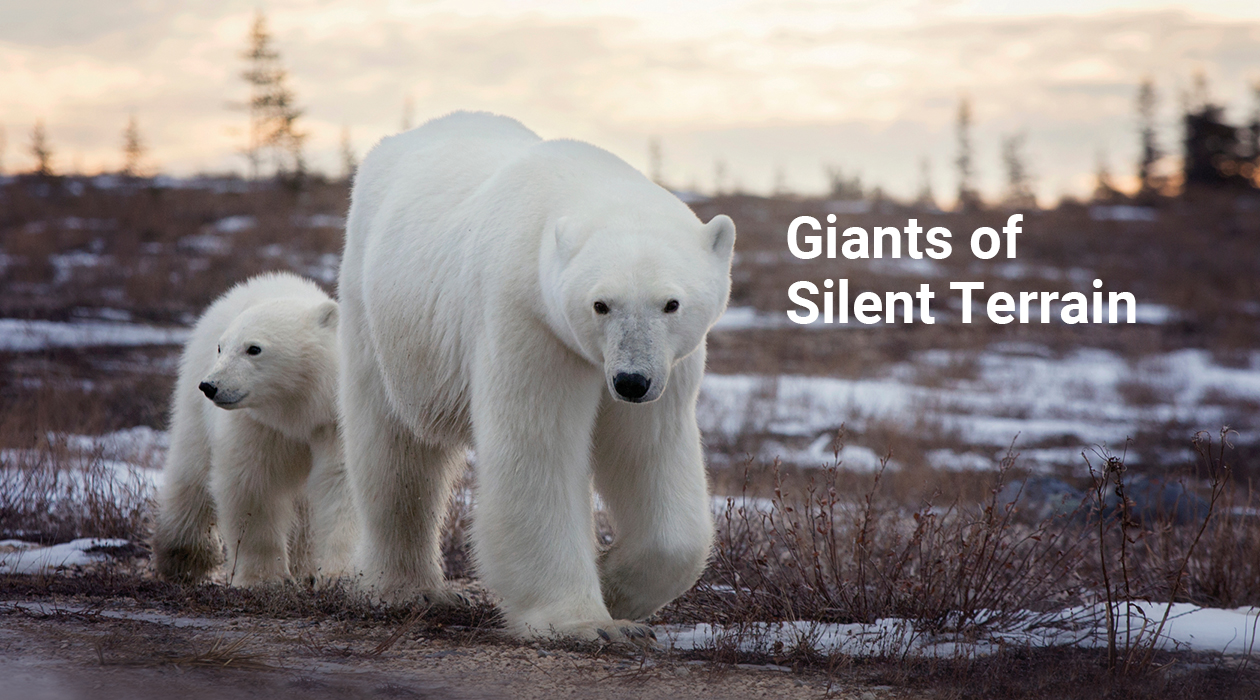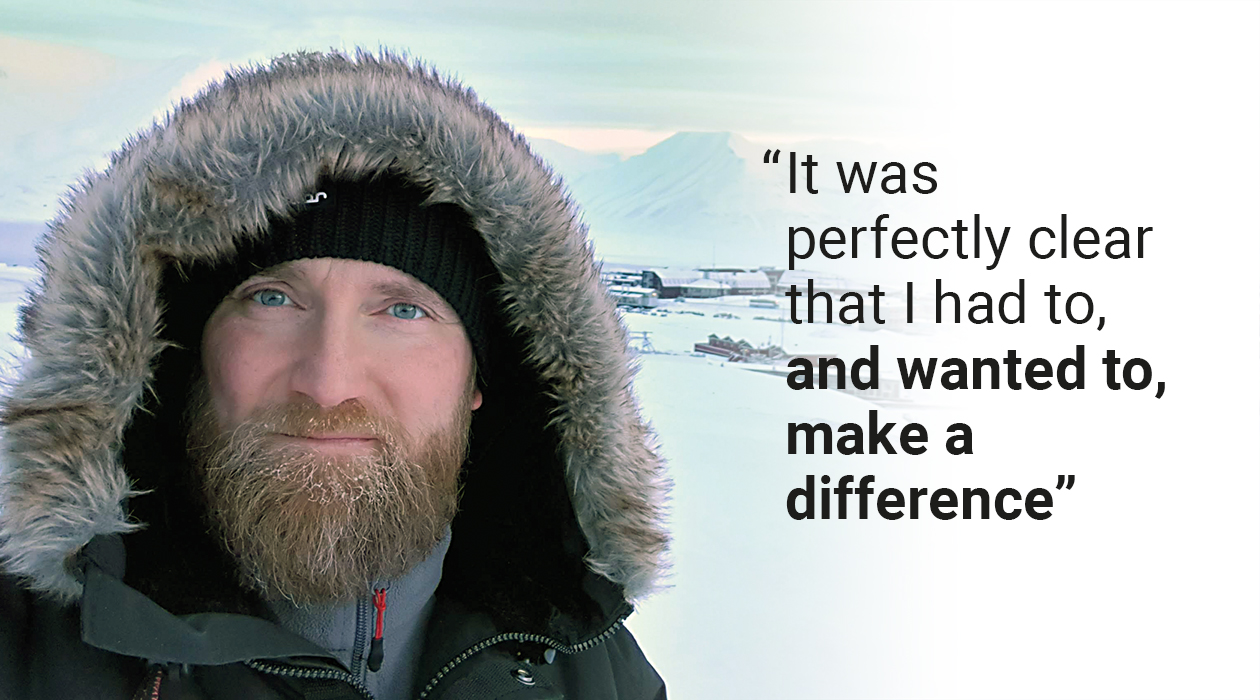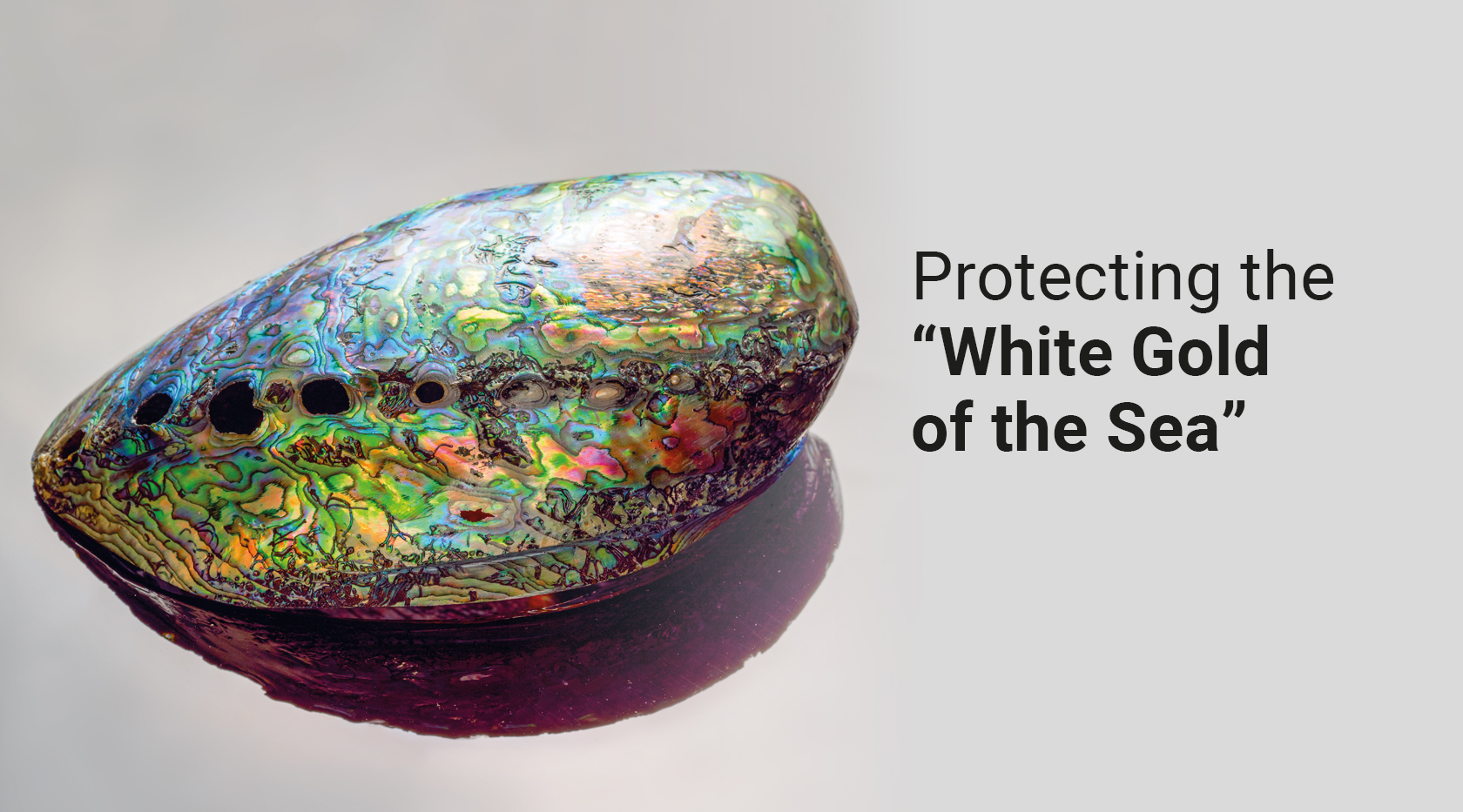Unmanned aerial vehicles are becoming increasingly smaller, faster and more effective – and
increasingly a serious threat to security in the air and on the ground. With Xpeller,
HENSOLDT is fighting back.
There are more than 400,0001 drones in Germany alone. Many of these are mini or
micro drones that are freely available and can be flown without any training or
certification. With the increasing number of unmanned aircraft systems (“UASs”), we are also
witnessing a rise in the number of incidents in controlled airspace. In 2020, more than 500
incidents at airports2 were reported in European airspace – and some such
incidents, like the 2018 interference in the Christmas flight operations at London Gatwick,
led to costly closures lasting several hours.
At the same time, technical capabilities of drones are constantly evolving. Drones are
becoming smaller, faster, and more manoeuvrable. On a single flight, larger drones can now
carry loads of up to 150 kilograms, whether passengers, drugs, or other dangerous
substances. New and more intelligent drones are coming onto the market every day, along with
modified, homemade, and military drones. Operated via mobile communication networks, they
are able to cover huge distances.
And, last but not least, criminals have also discovered the potential of drones. Whether
used for political ends or even to smuggle drugs as part of organized crime, drones are set
to become a genuine threat. This is illustrated by two incidents that made the headlines in
2021: In September, a drone discharged several liters of flammable liquid over a police
building in Minsk, Belarus. In November, the Iraqi prime minister narrowly survived an
attack carried out by a bomb-carrying drone at his official residence.
As such, drones represent a security threat to major events, power lines, industrial
facilities, and to military/civilian facilities if they get into the wrong hands. Drones in
flight paths can shut down entire airports.
Conventional geofencing technologies do not provide reliable protection against these kinds
of drone-related incidents, partly because such technologies can be bypassed. Therefore, the
risks can only be truly minimized with perimeter security that fits the individual situation
and site characteristics.
For precisely this purpose, HENSODLT has developed scalable multisensor solutions that can
be deployed in a variety of configurations, depending on the drone type, situation, site
conditions, and concept of operation. The Xpeller counter-UAV system uses existing and
proven HENSOLDT technologies – and combines radars, cameras, and radio detectors. A powerful
software program and AI image analysis algorithms for airspace surveillance gather and
process the information required to detect and track drones. What’s more, Xpeller can also
initiate and carry out the necessary countermeasures, which may involve jamming the radio
signal via which the drone is operated. It may also mean locating the pilot – or even
launching its own drones to capture the hostile drones in a net.
As a reflection of the continuous technological advancement of drones, Xpeller is updated on
an ongoing basis to meet new requirements. First launched in 2019, this successful system
already comprises multiple applications for stationary, mobile, and (since 2021) portable
use that can be complemented with additional sensors on a modular basis. Even small “hobby
drones” can be recognized and captured at distances of several kilometres, drone pilots
located and detained, and larger drones forced to land through interference of their control
channel, thereby making airspace considerably more secure.
1 German Aviation Association (BDL)
2 DFS Deutsche Flugsicherung GmbH
NATO assigns drones to one of three categories by weight, maximum operating altitude
(above ground level [AGL]), and line of sight (LOS), with Xpeller specializing in Class
1 drones. Within this category, drones are split into
micro drones with a weight of less than 2 kg, up to 200 ft AGL, and 5 km LOS
mini drones with a weight of 2–20 kg, up to 3,000 ft AGL, and 25 km LOS
small drones with a weight of more than 20 kg, up to 5,000 ft AGL, and 50 km LOS
Class 2 drones weigh up to 600 kilograms, whereas Class 3 drones weigh more than 600
kilograms. Class 3 drones are mostly used for military purposes.
